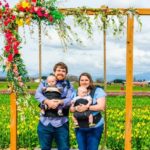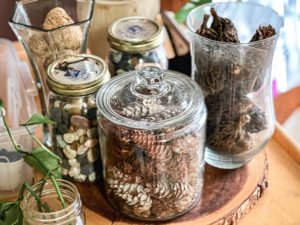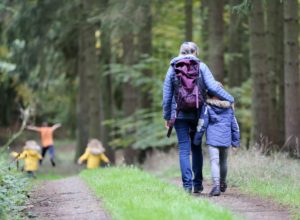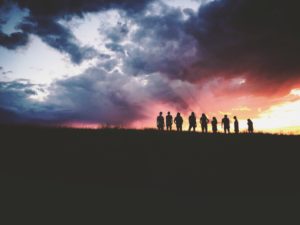No products in the cart.
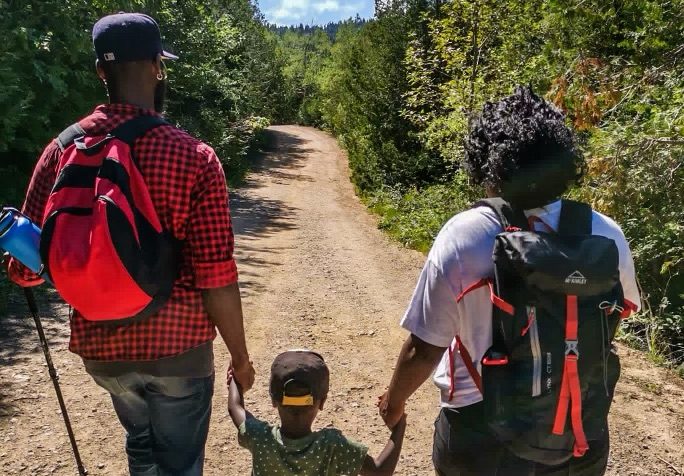
This week’s blog post has been written by @HikeMtl founder Jamillah Jean. Hike Mtl was founded by Jamillah with the goal to empower, showcase and normalize Black, racialized and marginalized groups in reclaiming outdoors spaces through community based activities. Jamillah created this safe and inclusive space out of need, due to the lack of BIPOC representation in the outdoors. Through organized hikes and camping trips, Hike Mtl creates a space for everyone to take advantage of nature’s therapeutic benefits. Jamillah wrote for us her experience and story, and we are delighted to share it with you today:
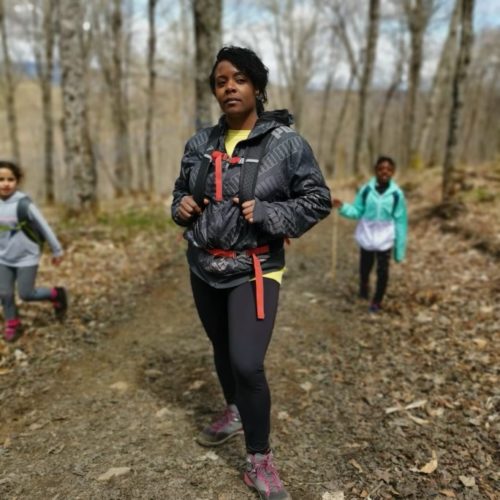
Jamillah’s Story:
My hiking journey began 15 years ago, when I started working with youth struggling with behavioral issues and complex trauma. Back then we would have the kids do their chores and before their smoke break we would have them trek up the mountain. Every morning these kids would try to sprint up the mountain. When we arrived at the mountain peak, we would give them their 1 cigarette and trek back to the unit. (Yes, imagine youth were given permission to smoke by their parents). After a while the kids would hike up the mountain and wouldn’t even bother to ask for their smokes. They would just enjoy the climb and the scenery without the cigarette break. That’s when I knew hiking was on to something. I’d witness countless youth who struggled in their day to day, transcending beyond their usual limits. They would be calm, peaceful and balanced when submerged in nature. From that point on, hiking became a therapeutic outlet when I worked with youth. It became a way to connect and build an alliance without distractions. A way to connect and intervene beyond the focus being on their behavior. Every hike would start off with the kids dragging their feet or complaining but without fail, their mood would shift in a matter of minutes, as if something magical happened on trail.
Fast forward to 2019...
The start of what we would now refer to as the pandemic. My mother in law was battling cancer and it became increasingly difficult for everyone to see one another. We would meet outside and go for regular walks, one family across the street from the other. It became the new model of our family getting together. At the time regional and national parks were still open, so the normal progression from long walks became hikes in the forest. Everyone’s mental and physical health had taken a toll and I felt something needed to change. We started scheduling weekend hikes and would pack lavish lunches and take off for the day. I started by introducing the family to easy trails to encourage the beginners and gradually increased the level of difficulty and trekking time. We would all look forward to the weekend hike and lunch, it restored a sense of balance in the family to some degree.
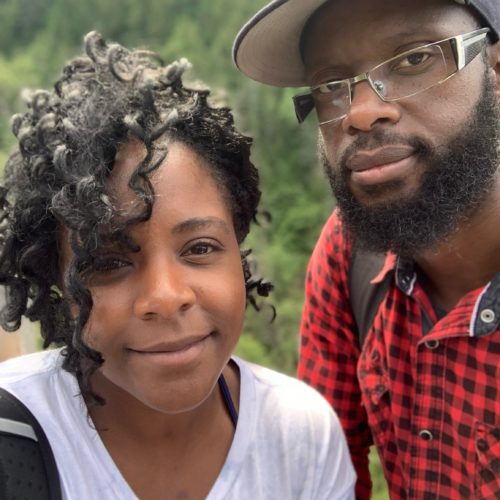
As hiking became a regular family activity...
I couldn’t help but notice we would be the only black family on trail. Not to say I hadn’t noticed this in the past, but I brushed it off. Whenever we would talk about outdoor nature activities, friends and family would make comments like” it’s not our thing” “I’d have to be crazy to go in the woods”, but again I’d brush them off. It’s not until recently, that I began to notice how common that narrative was. I questioned why my friends and family perceived the outdoors as a place that wasn’t for them? So I began to look at who represents the outdoor nature spaces, and no one that looks like me came to mind. When I would open a nature magazine or website, the classic representation was a white family, white man or women. For some reason we were completely excluded in this space that should be open to everyone. Imagine from the moment you open your web browser to book a park ticket, the images of the people you see look nothing like you. Then when you go to the store to purchase outdoor equipment, gear or clothing the images in the store look nothing like you, the people in the store welcoming you, look nothing like you. When you arrive at the park, the welcome clerk, park rangers and staff, look nothing like you. Then you get on trail or start your outdoor activity, those around you look nothing like you. I began to quickly understand why my friends and family didn’t feel a sense of belonging. It’s almost engineered in a way to keep us out or exclude us all together.
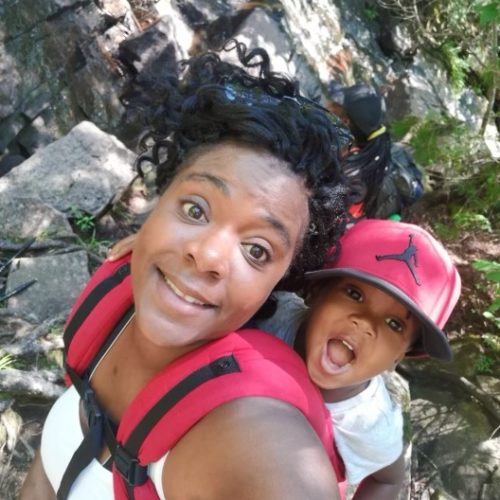
As my children are getting older...
I want them to feel a sense of belonging in the outdoor space. I want them to be able to identify and see people who look like them engaged in this lifestyle. So I created Hike Mtl with that sole objective in mind, which was to introduce and welcome a few families to join us on trail and take up space in the outdoor world. I figured, if I could get two families to make hiking a regular activity in their home, I’d be happy.
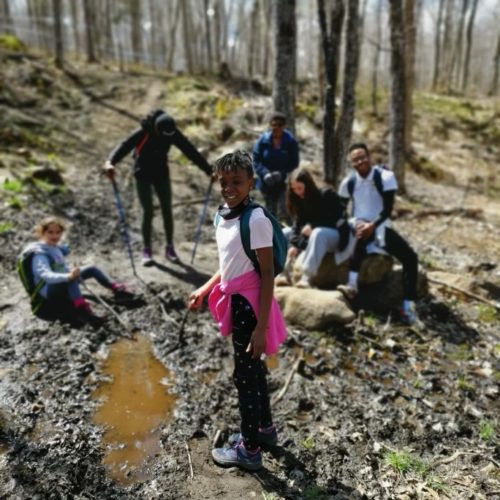
That said...
Creating an inclusive space also means creating a safe space. A space where BIPOC feel they will not be physically, mentally or emotionally harmed. Sounds easy but this means consciously being aware of who you allow into this space. Beyond diversity we want this space to be safe
Thank-you for taking the time today to read this piece written by Jamillah Jean from @HikeMtl. Creating an inclusive space in the outdoors is incredibly important to us at Kids Who Explore and we aim to educate ourselves and our community in ways to do so. We encourage you to use your voice, continuing to expand your knowledge, and give your support to elevate BIPOC voices in the outdoors. You can find HikeMtl website here — https://www.hikemtl.com/
